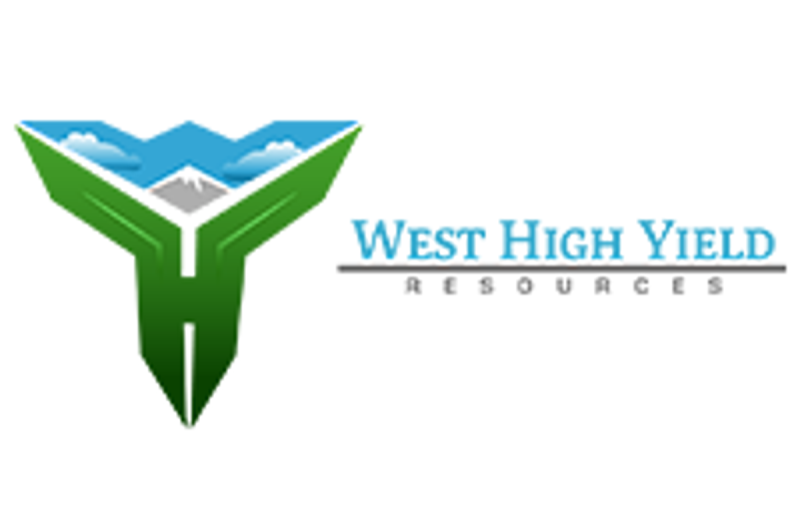In the world of investing, high-yield bonds have long captivated the attention of investors seeking to balance risk and reward. These securities, also known as junk bonds, offer attractive returns due to their higher interest rates compared to investment-grade bonds. While high-yield bonds have gained popularity for their potential for higher returns, they also come with increased risks.
Historically, the Western High Yield market has provided opportunities for investors looking to diversify their portfolios and generate high income. With companies in various industries issuing high-yield bonds, investors have a wide range of options to choose from when considering these securities. However, it is important for investors to conduct thorough research and due diligence before investing in high-yield bonds to understand the risks associated with this asset class.
One of the key factors to consider when investing in Western High Yield bonds is the credit quality of the issuing companies. High-yield bonds are typically issued by companies with lower credit ratings, which means there is a higher risk of default compared to investment-grade bonds. Investors should carefully assess the financial health of the issuing company, its industry, and market conditions to gauge the likelihood of repayment of the bond principal and interest.
In addition to credit risk, interest rate risk is another important consideration for investors in Western High Yield bonds. High-yield bonds are sensitive to changes in interest rates, and as interest rates rise, the value of these bonds may decrease. Conversely, in a declining interest rate environment, high-yield bonds can provide attractive returns as the higher interest payments become more valuable.
Furthermore, liquidity risk is a factor that investors should be aware of when investing in Western High Yield bonds. High-yield bonds are generally less liquid than investment-grade bonds, which means that it may be more difficult to sell these securities quickly at a fair price. Investors should consider their investment horizon and liquidity needs before investing in high-yield bonds to avoid potential challenges in selling their holdings.
Despite the risks associated with investing in Western High Yield bonds, these securities can still play a valuable role in a diversified investment portfolio. By carefully selecting high-yield bonds from companies with solid credit fundamentals and managing risks effectively, investors can potentially benefit from the higher returns offered by this asset class.
In conclusion, Western High Yield bonds present unique opportunities for investors seeking income and diversification in their portfolios. While these securities come with higher risks compared to investment-grade bonds, investors can mitigate these risks through thorough research, diversification, and active portfolio management. By understanding the factors influencing high-yield bonds and actively monitoring market conditions, investors can make informed decisions to harness the potential benefits of Western High Yield bonds in their investment strategies.

